Use this cut-and-paste worksheet when classifying examples that show mechanical, chemical or biological weathering.
Examples of Weathering – Year 5 Worksheet
As your students dive into their study of weathering and erosion, they may learn about the different types of weathering that may occur. Rocks can break apart in different ways, such as:
- mechanical weathering (physical means)
- chemical weathering (changes the composition)
- biological weathering (broken down by plants or animals)
Teach Starter has created a cut-and-paste printable to help your students distinguish the differences between these changes. This printable science worksheet includes two different versions.
- One-Star Version: Sort between mechanical and chemical weathering
- Two-Star Version: Sort between mechanical, chemical and biological weathering
An answer key is included with your download to make grading fast and easy!
Tips for Differentiation + Scaffolding
In addition to independent student work time, use this worksheet as an activity for:
- lesson wrap-up
- fast finishers
- homework assignment
Consider assigning the one-star version for students who need additional support, as noted in the upper right-hand corner. Students can also reference posters and anchor charts to help remind them of the different types of weathering.
If there are students in need of a challenge, invite them to complete the two-star version.
Easily Download & Print
Use the dropdown icon on the Download button to choose between the PDF or editable Google Slides version of this resource.
Because this resource includes an answer sheet, we recommend you print one copy of the entire file. Then, make photocopies of the blank worksheet for students to complete.
This resource was created by Brittany Kellogg, a Teach Starter Collaborator.
Don’t stop there! We’ve got more activities to shorten your lesson planning time:
[resource:4963846] [resource:4550] [resource:4959932]


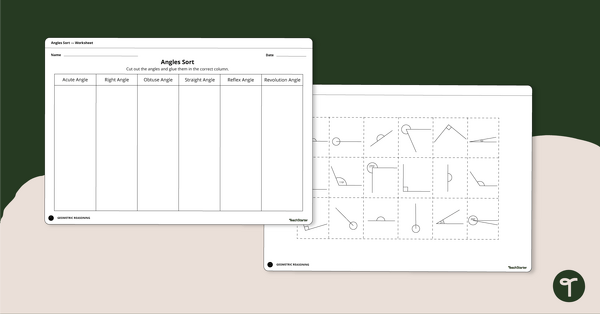
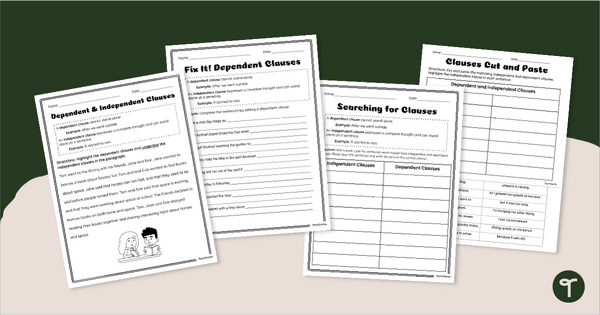
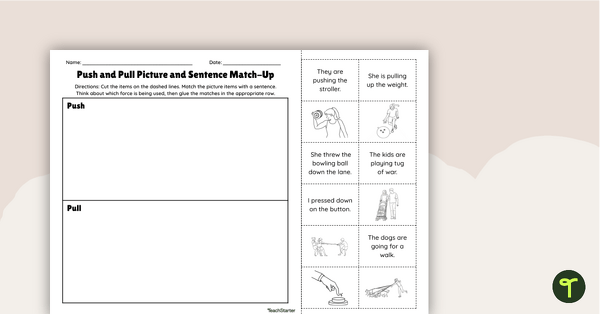
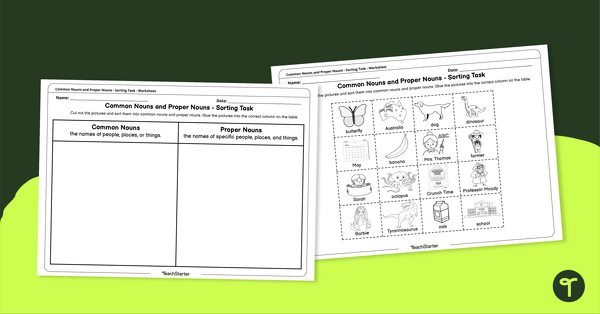
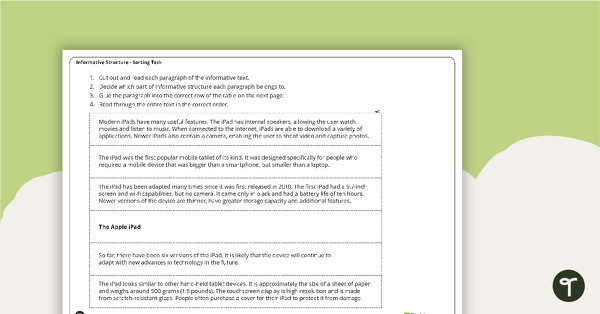
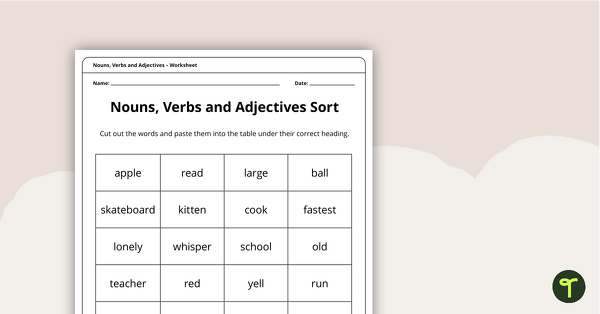
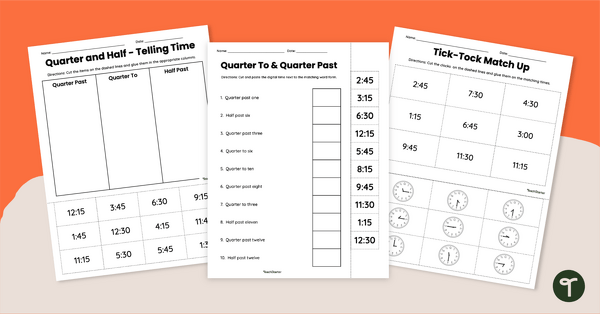
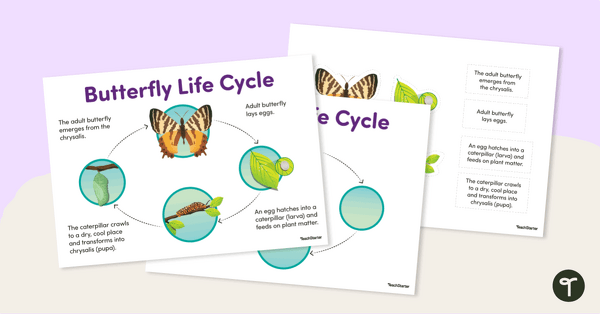
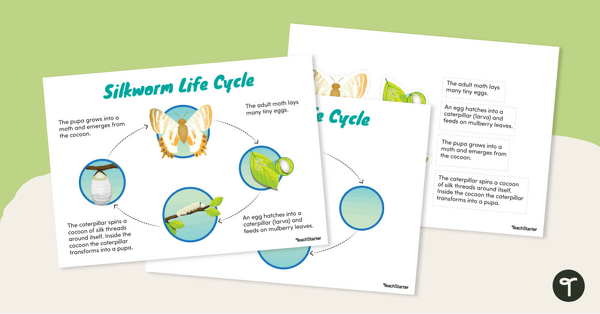
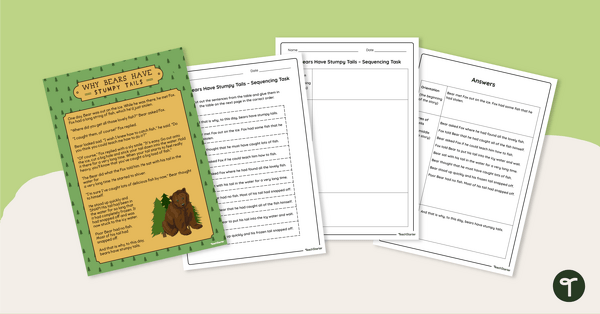
0 Comments
Write a review to help other teachers and parents like yourself. If you'd like to request a change to this resource, or report an error, select the corresponding tab above.